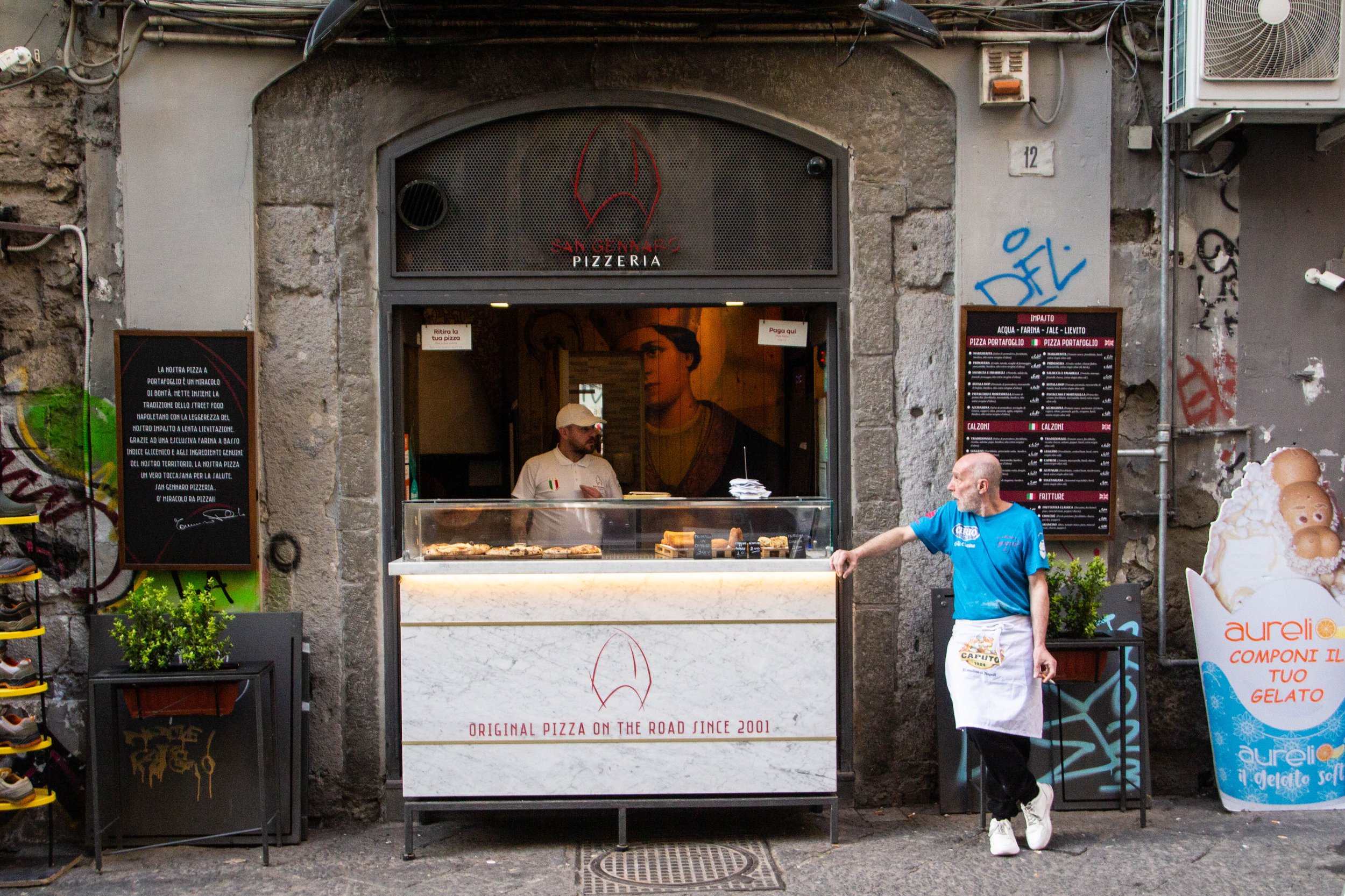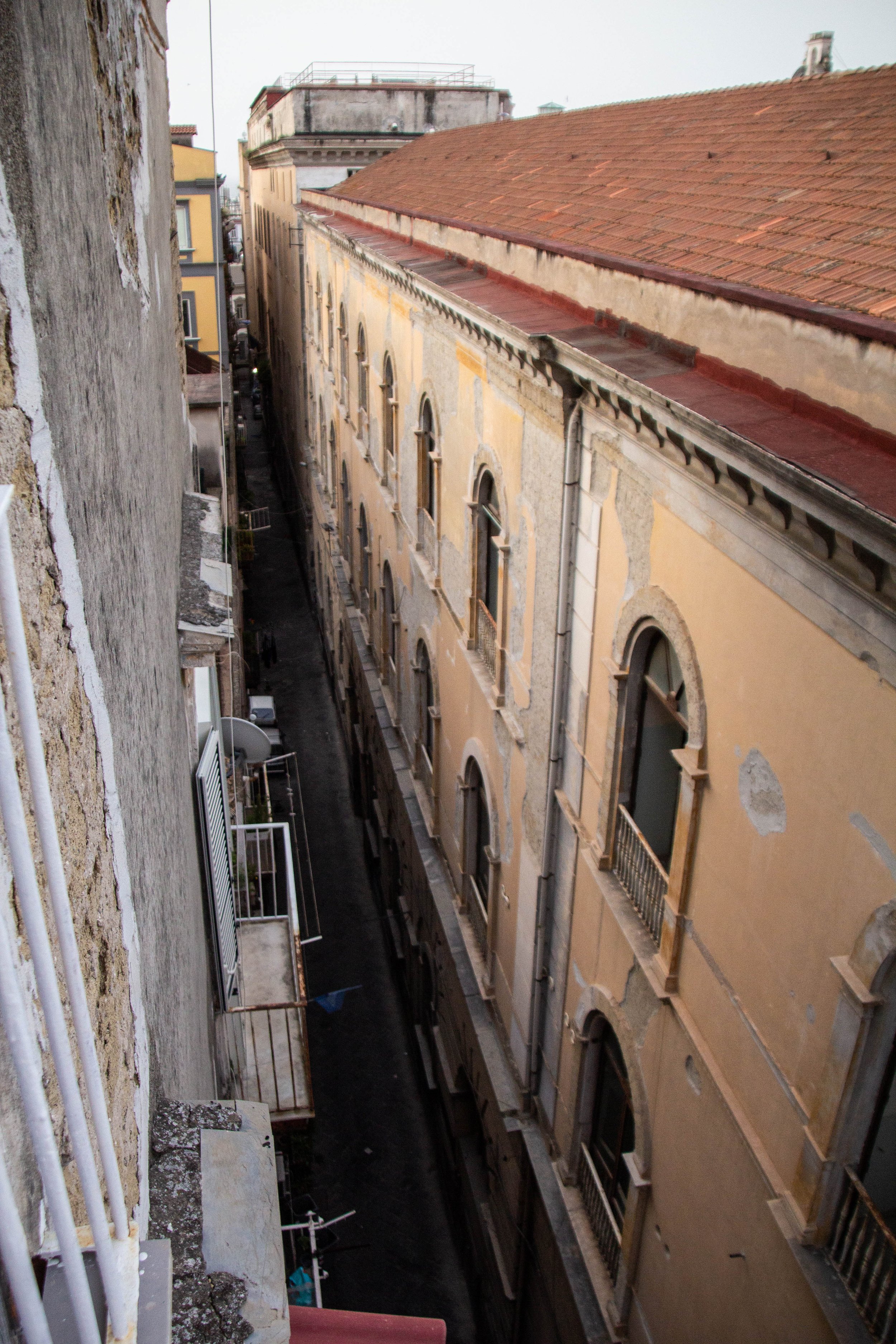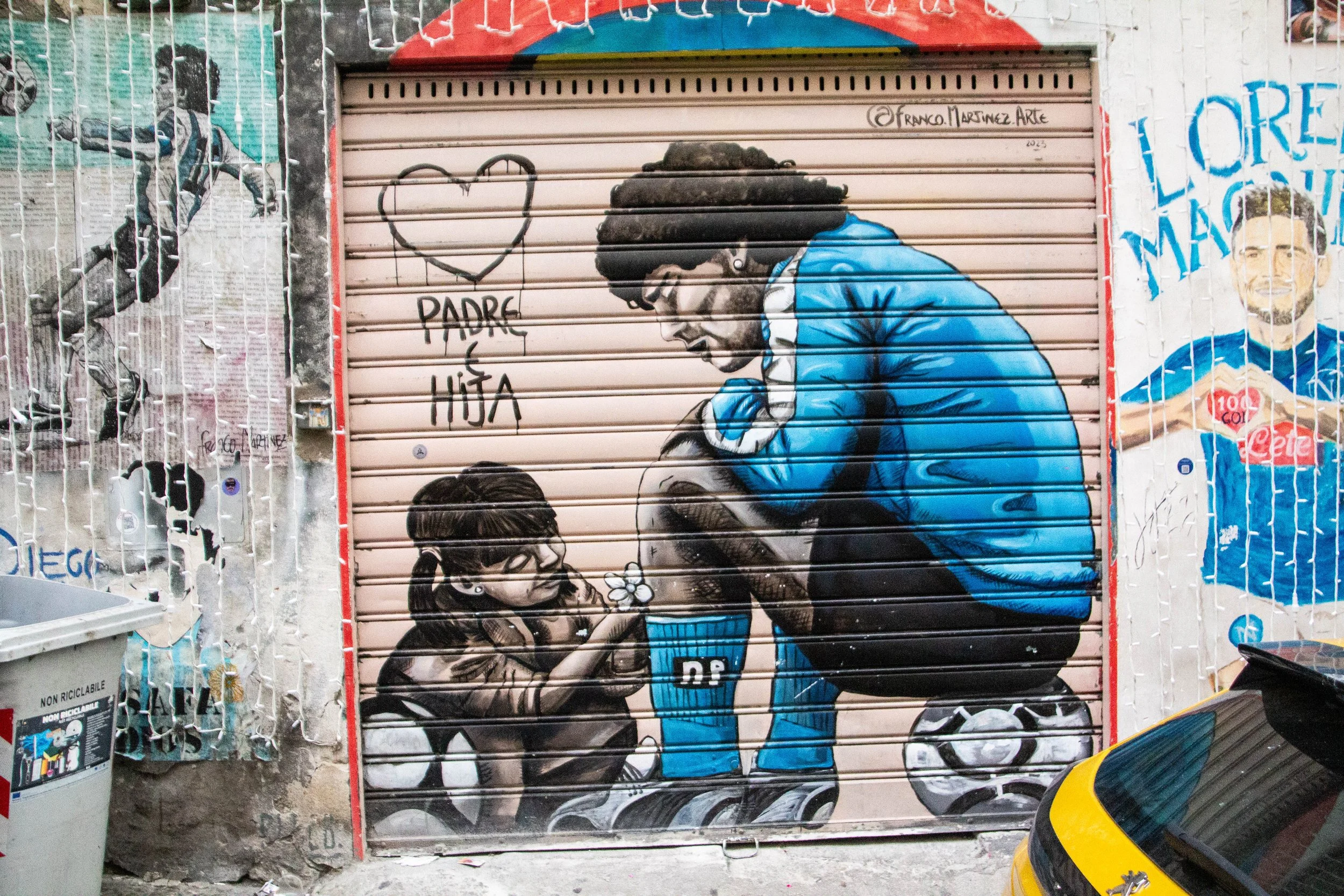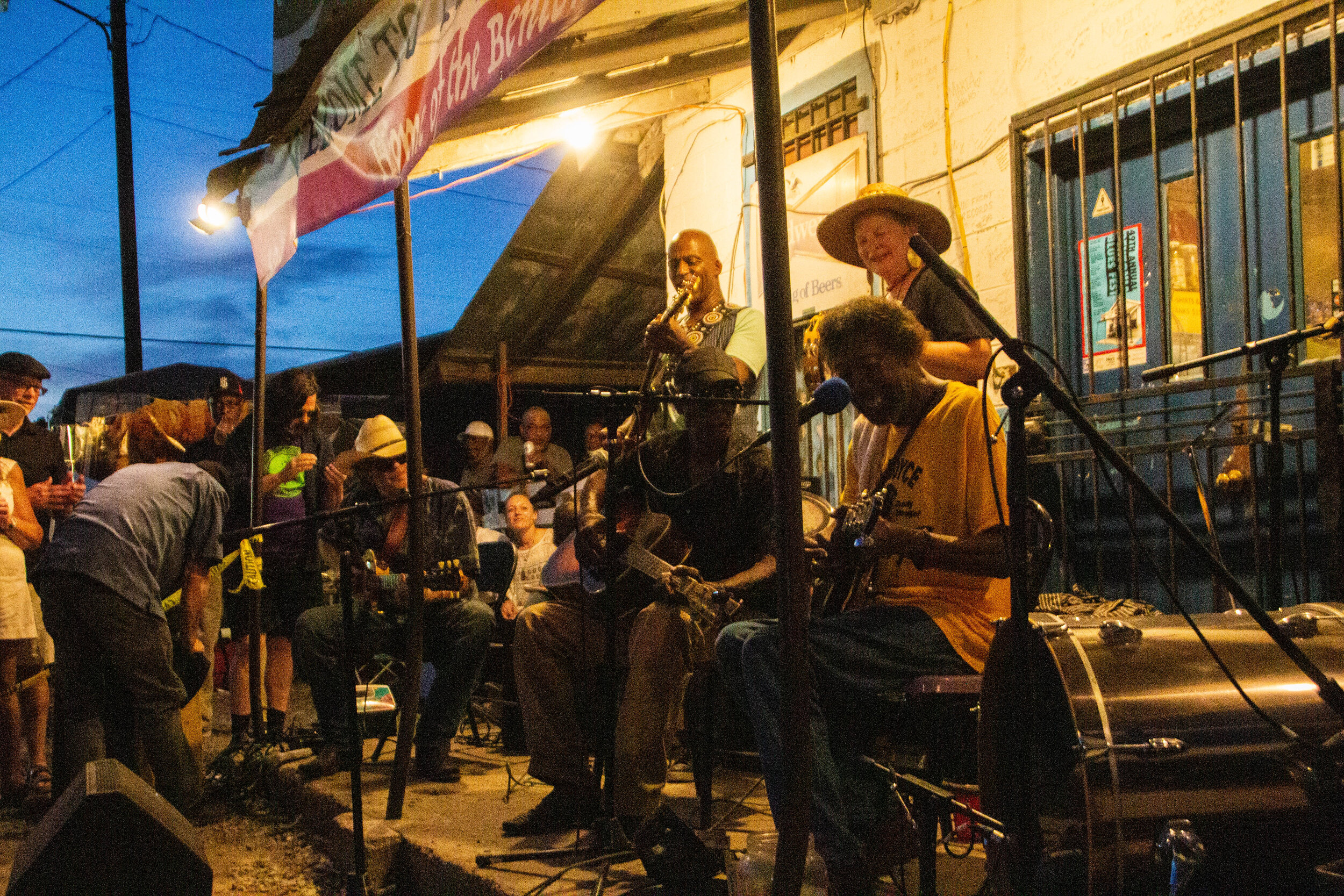Wohoo! We’re back in one of my favorite countries: Italia 🇮🇹
I’ve done a fair bit of traveling through Italy up to now—through Milan, Venice, Genoa, Rome, and even a road trip through Sicily from Catania to Palermo—you can see all of this on the Italy page of this website. But the biggest piece of the puzzle that I was still missing was Naples.
Naples had become an especially important item on my travel wish-list since I had watched Gomorrah, and, in observance of my south-Italian heritage, adopted Napoli as my one of my primary soccer/football team allegiances.
Spoiler alert: we will be seeing a match in this series. More on that later.
To make this trip extra cool, I had one of my favorite people in the world along with me (shout-out to Buddy 😘) who had never even been to Europe before this, let alone Italy. It’s a really cool feeling to show the things you love to the people you love. To some extent, you get to experience things with new eyes. That being said, I had never actually been to Naples before, so I didn’t exactly know to what extent it was going to align with my previous experiences in Italy. In the run up to this trip I had heard… *ahem*… mixed reviews on Naples. So I was somewhat apprehensive.
I’ll give you my verdict up front: I loved Naples, but it’s different than anywhere else in Italy. It’s awesome, but it’s challenging.
An Introduction to Naples, Italy
Naples is the capital of the Italian region of Campania and the 3rd largest city in Italy in terms of population, behind only Roma and Milan. Naples proper has a population of ~909,000 people, and a metro area population of ~3.1 million people, although that figure has been on the decline in recent years. However, the UN projects that starting this year the population is expected to enter a new period of growth. So, the punchline is, Naples is a big city. Especially in the context of Italy. Honestly, I would have guessed that the population would be more than this. It feels quite overwhelming when you’re in the middle of it.
But let’s rewind a bit. I find that some historical and cultural context helps to set the scene before we dive into new places like this.
The Bay of Naples is dense with historical significance. Although this area has been inhabited since the Stone Age, Naples itself was actually founded as a part of ancient Greece in the first millennium B.C.E. and is today one of the oldest continuously-inhabited urban areas in the world. It would go on to become a significant cultural center in the Roman Empire, and later would “go solo” first as the Duchy of Naples, and later as the Kingdom of Naples. Its last stop before joining the unified Italy in 1861 that we know today was a stint as the capital of the Kingdom of the Two Sicilies.
So, between the Roman rule and modern Italy (roughly 661 AD to 1861) Naples had pretty much been its own boss for more than 1,000 years; a completely autonomous seat of political and cultural power! It even had its own language—Neapolitan—which is still in active use today. You might argue that it’s more a dialect of Italian than a stand-alone language… but my understanding is that there are substantial differences. Although this is not the only region of Italy with its own language (the unification of Italy saw the convergence of many regional dialects into a single Italian language), I would venture to say that it is one of the more significant remaining dialects, as almost 1/3rd of Neapolitans are thought to speak the Neapolitan language in their homes as the primary mode of communication in addition to or instead of Italian.
So today, even as part of ~unified~ Italy, Naples is still sort of living on its own planet. There’s a hilarious map of Italy “according to ‘posh’ Italians” floating around the internet that refers to it as “The Pirate State of Napoli.” While it’s certainly more comparable to other southerly Italian places like Catania and Palermo, it’s justifiably known as a place that marches to the beat of its own drum. And true to Italy’s north=rich / south=poor divide, economics plays an important role. On this trip, I heard first-time visitors to Naples struggling to find an apt point of comparison liken Naples to (1) India, (2) Marrakesh, and (3) Brazilian favelas. And I get it—Naples does have a distinctly “developing world” energy about it, which is out of character for Italy.
Oh, and pizza was invented here. That is key.
This is the first of 5 articles from the Bay of Naples, so hopefully by the end of this series you’ll get a feel for what makes Naples so unique and so cool. We’ll start with a brief tour of the city…
Centro Storico
“Centro Storico” means the Historic Center of Naples. It’s a pretty large area in the center of the city, and apparently ALL OF IT has been designated as a protected UNESCO World Heritage Site, as it has been continuously inhabited for more than 2,700 years. However, despite this UNESCO designation, much of this neighborhood appears to be in a state of disrepair. It reminded me a bit of Havana, Cuba: somehow both beautiful and decrepit at the same time; lively and vibrant, yet also in ruins. There are, of course, efforts being made to better preserve this incredible area, especially since this area is at a high risk of earthquakes, which will challenge the structural integrity of these old buildings, but the future is an open question. However, if the past is any indicator, Centro Storico will likely continue to survive as a living time capsule for many centuries to come.
But I don’t want to give you the impression that Centro Historico is just some museum. It is still bustling with activity, day and night. Especially night. This is where we stayed whilst in Napoli, and there was not a single night where we did not fall asleep to the cheerful backdrop of Neapolitan nightlife. Of course, a chunk of this liveliness can be attributed to visitors, but the majority what’s happening in this neighborhood is 100% Italian / Neapolitan. I rarely heard languages other than Italian being spoken around me, even in what should be the most touristic parts of this area.
Enough words. Now pictures.
Quartieri Spagnoli
After Centro Storico, the next noteworthy Neapolitan neighborhood down the list is Quartieri Spagnoli. In English, this is the “Spanish Quarter,” or more literally, the “Spanish Barracks.”
This neighborhood is a dense grid system of narrow streets covering just shy of 1 square kilometer between il Centro Storico and the base of Vomero Hill. Although it derives its name from the presence of Spanish (among other) troops who lived here starting in the 1500s, today it is a stronghold for Neapolitan culture and language. With the military presence in this area steadily declining over the years, this became kind of a rough neighborhood for a few centuries. It was a hotbed for crime, gambling, prostitution for a long time.
In recent years, it has experienced something of a rebirth, as a place of interest for tourists and apartment-hunting students who are relocating to Napoli. It’s absolutely worth exploring, as it is one of the densest and most interesting parts of the city, but it’s not hard to imagine Quartieri Spagnoli being a bit unsavory in the not-so-distant past. To me, this is where Naples felt the most “developing world.” There were points where I was batting away flies as I walked down the street, which is not normal in Italy. Here are some photos…
Shrine to Maradona
In Naples, football (a.k.a. 🇺🇸 soccer, a.k.a. 🇮🇹 calcio) is life. And there is one player who is held above all others. Buried deep in Quartieri Spagnoli, there is a little square that—for lack of a better word—has become a shrine to the patron saint of Naples: the late, great Diego Maradona. Maradona was an Argentinian player who played for Napoli from 1984-1991. You can think of him like the Lionel Messi of the 80s. Naples worships this man. His jersey number was 10, and he is known as “D10” or “D10s” (a play on the Italian & Spanish words for god: “dio” and “dios”). You will see his likeness everywhere in this city. Italy is absolutely packed with historic churches and religious shrines, but I saw a lot more of Maradona in Naples than I did Jesus. It’s on the level of cult-like Communist leaders, like Ho Chi Minh in Hanoi, or Fidel Castro in Havana.
Anyway, this shrine to him was absolutely one of my favorite places in Naples. The murals are amazing. But it’s not just Maradona; it’s other Napoli players too, past and present. If you ever find yourself in Naples, do not sleep on this. The map to guide you is embedded above. We’ll delve further into both street art and soccer here in forthcoming articles.
NIGHT IN NAPOLI
Sunset From Vomero Hill
Continuing our walk north across Naples, it’s time to leave Quartieri Spagnoli and make the steep ascent up Vomero Hill. There’s a castle at the top of this hill overlooking the city called Castel Sant'Elmo, but it closes around sunset, which would make sunset photoshoots a bit troublesome. I therefore deprioritized the idea of visiting this castle, and settled for just standing outside of it at sunset. I figured that there would still be good views, and I was correct!
However, what I underestimated was (1) the haze in the Bay of Naples, and (2) how steep the climb would be up to the top of this hill. Honestly “hill” feels like a slightly diminutive term for this. Climbing this monster is a workout, which was made all the more difficult by the fact that the air quality in Naples during our visit was pretty bad. On a clear day you would be able to see Mount Vesuvius towering over Naples in the background very clearly, but on the evening of our hike… well, you can see for yourself in the gallery below. It was still very much worth the hike, but the air pollution was not good.
WANDERING THE STREETS AT NIGHT
Now that the sun has set over Napoli, let’s walk back down this hill and join the buzz of the streets.
When we arrived back down to street level, it wasn’t long before we decided to stop into a little deli store to look for a bottle of wine. Let me tell you… these Neapolitan delis are little slices of foodie paradise. As soon as we entered this particular deli, the store owner stopped in his tracks and said “WOW” when he came out and saw the tattoos on my friend’s legs. 😂
He successfully pitched us on sitting down for some food first. We weren’t exactly sure what was going to be served to us, but he seemed to have some really specific ideas, so we let him surprise us. It was a little tray of biscotti, mini heirloom tomatoes, and chunks of mozzarella, accompanied by glasses of white wine. This was not at all what I would have ordered for myself, but I gave it a try. I was biting into wet balls of mozzarella like I would an apple, and it wasn’t bad! The freshness of the tomatoes made it all the better. These must have just been super high-quality ingredients, because I can’t picturing myself enjoying this meal if I went out and tried to recreate it at your average American grocery store. He also gave us a complimentary couple of pieces of a Casatiello—Neapolitan bread with meat baked into it—which were amazing.
ANYWAY—back to walking. Wandering around il Centro Storico at night was extremely fun! Every bar and restaurant has people sitting at tables out on the streets eating and drinking until the wee hours of the night. It was so fun to join these groups and enjoy the Neapolitan ambiences over some delicious food. I wish I could have dinners like this every week.
On the weekends, the streets in il Centro Storico got all the more lively, with the white noise of music and laughter floating up over the city and disappearing into the Mediterranean air. But we weren’t in Naples on just any weekend. This was Easter weekend; a fact that I had nearly forgotten until a procession—of what appeared to be Ku Klux Klan hoods—marched down the street where we were sitting. For a millisecond I was very confused, but then I remembered that the KKK actually stole their stupid pointy hoods from European traditions that have been in practice over here for centuries. If you’re curious, google “Capirote” (Spain) or “Addolorati” (Italy). These hoods are a thing. And it’s cool that cultural practices such as this still have such prominence in places like Naples. Here are a few shots of the Easter procession, which must have gone past half the bars and restaurants in Naples.
That’s it on Naples for now, but don’t worry—there’s a lot more in the queue from the Bay of Naples. Up next we’ll hop a ferry over to the beautiful island of Capri, and in the following articles we’ll delve into Neapolitan street art, attend a Napoli (soccer) match, and visit the ruins of Pompeii.
Ciao for now. 😘











































































































































































































